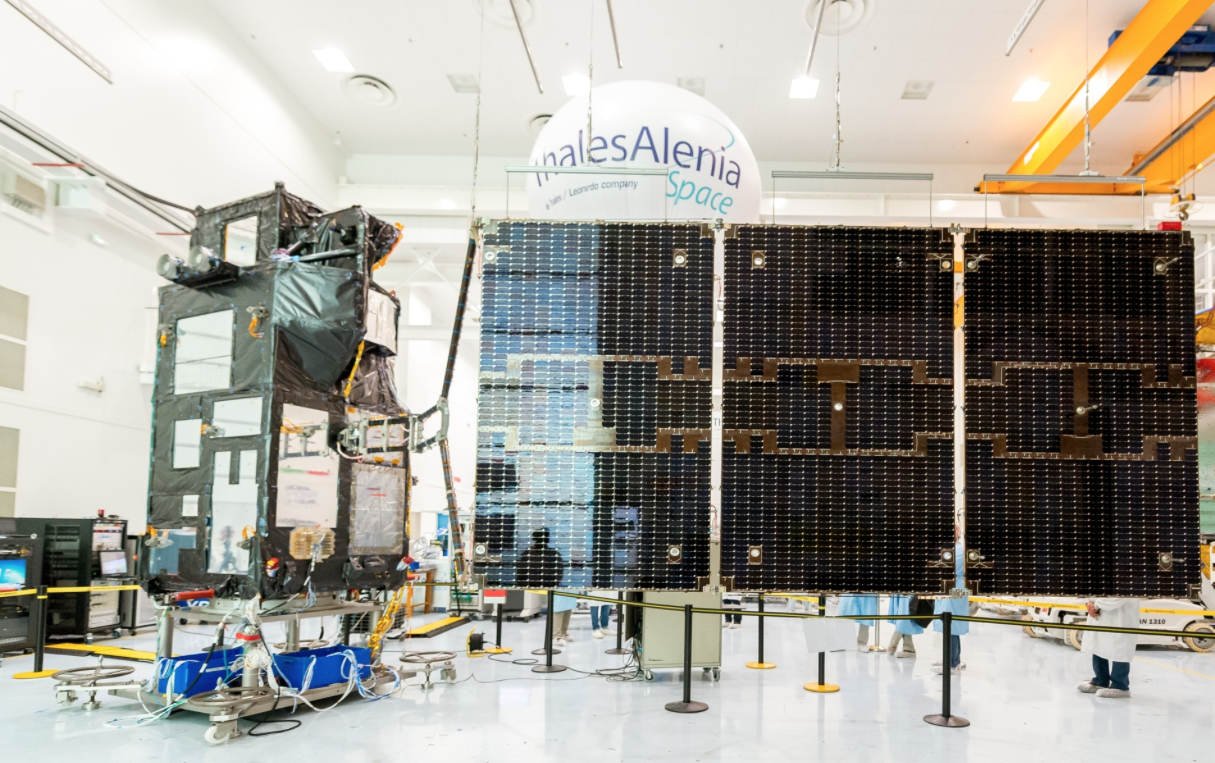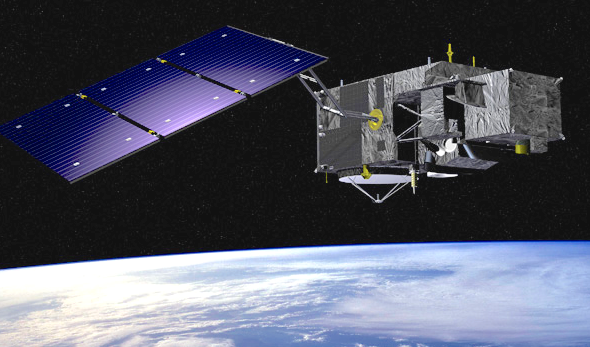
The Sentinel-3B satellite, built by Thales Alenia Space for the European Space Agency (ESA), was successfully orbited today by a Rockot launcher from the Plesetsk Cosmodrome.
With the success earlier today of the Sentinel-3B launch the company that built the satellite, Thales Alenia Space, notes that the mission includes two optical instruments.
The Sentinel-3B satellite, built by Thales Alenia Space for the European Space Agency (ESA), was successfully orbited today by a Rockot launcher from the Plesetsk Cosmodrome, accomplishing another milestone on a cornerstone mission in the European Earth observation program Copernicus, Sentinel-3B that features a series of state-of-the-art instruments.
The mission includes two optical instruments: OLCI (Ocean and Land Color Instrument) and SLSTR* (Sea and Land Surface Temperature Radiometer), and two RF (radio-frequency) instruments: SRAL (Synthetic-aperture Radar ALtimeter), and MWR (Microwave Radiometer), which will provide measurements to determine the topography of oceans, sea ice and bodies of water on land.
Sentinel-3B will systematically cover all of the Earth’s land surfaces and oceans, gathering data that will help improve oceanographic and atmospheric forecasts. It will also improve our understanding of the oceans’ health, as well as fishery and water resources, agriculture, forests, biodiversity, public health and food security. At the same time it will allow them to accurately monitor changes, according to the ESA, in sea heights and the shrinking polar ice.

Sentinel-3B’s orbit at 815 kilometers allows it to scan the entire surface of the Earth, using both radar and optical sensors, while regularly revisiting the same area. Because of this regular scanning of the surface, Sentinel-3B offers a plethora of applications: tracking marine currents and therefore movements in pollution, the movement of plankton and the marine biomass that consumes it, changes in ocean levels, monitoring polar ice, forests, farming zones, etc.
A number of satellites in the Copernicus program are already in orbit: Sentinel 1A, launched in 2014, 2A, launched in 2015, 1B and 3A, launched in 2016, 2B and 5P, launched in 2017. They are already transmitting a substantial stream of raw data, used in conjunction with data from other Earth observation satellites. The successful launch of Sentinel-3B means that the three Sentinel missions are now complete, marking a major turning point for Thales Alenia Space.
Thales Alenia Space won the original contract from the European Space Agency back in December 2009, with Telespazio directing ground segment operations for the entire Sentinel-3 mission. Users can receive significant environmental data just three hours after the information has been picked up by the satellites.
* The SLSTR (Sea and Land Surface Temperature Radiometer), built by an international consortium led by Leonardo of Italy, delivers very precise measurements of the Earth’s surface, with a resolution of 1,000 meters. It includes two channels for the observation of fires.

